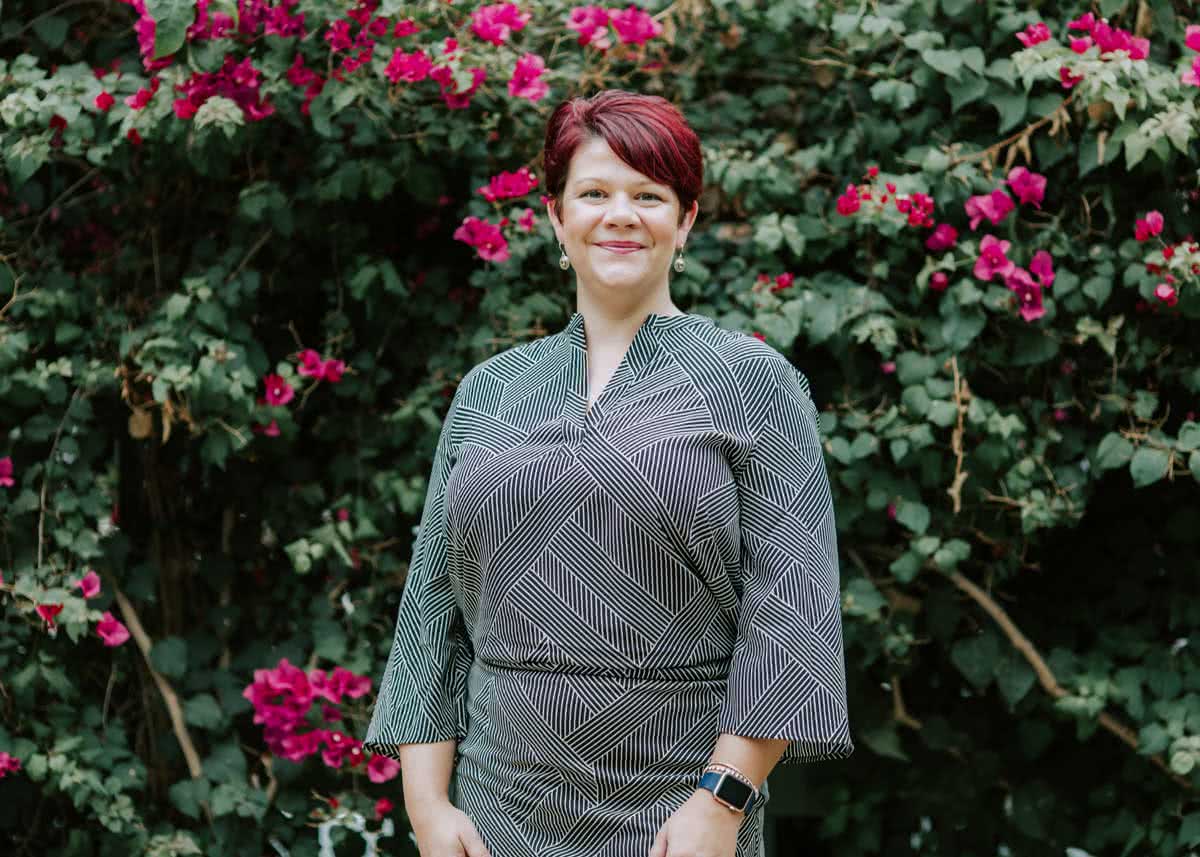Originally published in the Coalition for Juvenile Justice.
I am proof of both failure and success. The failure of parents to provide basic needs and safety. The failure of child service systems that move youth from place to place instead of providing sustainable solutions. The failure of courts to make decisions in the best interest of the youth, not their financial contracts. The failure of teachers who call the police to arrest rather than educate and provide social development. The failure of other youth to provide friendship and safety. The failure of adults to provide assistance and support to a community. And yet, I am proof of success. I have overcome crisis and poverty. I have self-awareness, respect, and resiliency that allows me to achieve my goals. I have attained higher education achievements, sustained economic security through work, and have given back to my community. I have become part of the solution needed to positively influence the next generation.“To have true impact in helping youth on a mass scale, every person working within the system must participate and have a deep understanding of both the individual and community’s needs.” — Jessica L. Herbert, L.A. County FUSE executive fellowIt takes a community to shape the future of the next generation. Each of us plays a part in shaping a youth’s development. These interactions can happen in a fleeting moment, or can sustain for years. They can be positive or negative experiences, contributing to our resiliency or long-term adverse experiences. One part of this community is the juvenile justice system. As the system seeks to focus on rehabilitative and trauma-informed approaches, making systems change in juvenile justice is hard. To have true impact in helping youth on a mass scale, every person working within the system must participate and have a deep understanding of both the individual and community’s needs. In the past year, while working as a FUSE fellow within the Juvenile Services Division of L.A. County Probation Department, three things became clear to me as juvenile justice agencies sought to reform:
Learn from past efforts and outcomes, move forward more informed.
History often repeats itself. For juvenile justice, there are several past efforts that are repeating themselves today. For over thirty years, strategies for dealing with juvenile delinquency have sought to balance the desires for rehabilitation, punishment and treatment. Early rehabilitation efforts may have fallen short of success due to lack of results, funding, or support services. Early punitive responses of incarceration proved equally ineffective. Individuals experienced long-term trauma, decreased educational and economic attainment, and ongoing contact with the criminal justice system. However, we can learn from this past and acknowledge the decades of research on adolescent development, antisocial behaviors and juvenile justice that provides agencies with promising practices and programs. The types of juvenile justice programs focused on rehabilitation vary, although communities and youth have experienced the most benefits when programs have one or more of the following:- Interpersonal skills training
- Behavioral management
- Cognitive-behavioral treatment
- Parent/Family training or counseling
- Mentoring [i]
“Communities would be amiss to implement programs and services without an understanding of their youth dealing with trauma, adverse childhood experiences, and other social and developmental challenges.” — Jessica L. Herbert
Integrate data in your programming.
Thirty years ago, data analysis for a local population was expensive and timely. Data sources were still mostly paper-based or computer systems made it difficult to extract and review data. While these challenges still exist for some communities, progress has been made with robust record management platforms, advanced technologies, and data analytics that allow for in-depth evaluations. Communities would be amiss to implement programs and services without an understanding of their youth dealing with trauma, adverse childhood experiences, and other social and developmental challenges. More importantly, the accessibility of services should match the needs. Communities may have great after-school programs, but if students cannot reach the building because of the lack or cost of public transportation, having to walk through unsafe areas, or inaccessibility for those with disability, programs will not contribute to the positive youth development in that community. Data also informs the outcomes created by policies and procedures throughout our society. Social, economic and political factors have contributed to extreme poverty, inaccessibility of job opportunities and low educational attainment. To change these patterns of inequity, all systems must accept the reality:- Suspensions, expulsions and other school disciplinary measures occur more frequently among nonwhite individuals regardless of their representation in schools [ii]
- Arrested youth are eight times more likely not to graduate, creating long-term disadvantages in job training and economic stability [iii]
- Racial and ethnic disparities still exist and need to be addressed
- More nonwhite youth are arrested in school environments than their white peers [iv]
- Non-Hispanic, black children account for 23 percent of children in foster care but only 14 percent of the overall population [v]
- More nonwhite individuals are stopped and searched during traffic stops – a primary aspect of policing [vi]
- Food security is jeopardized by the concentration of poverty among today’s nonwhite youth, especially within public school systems [vii]
